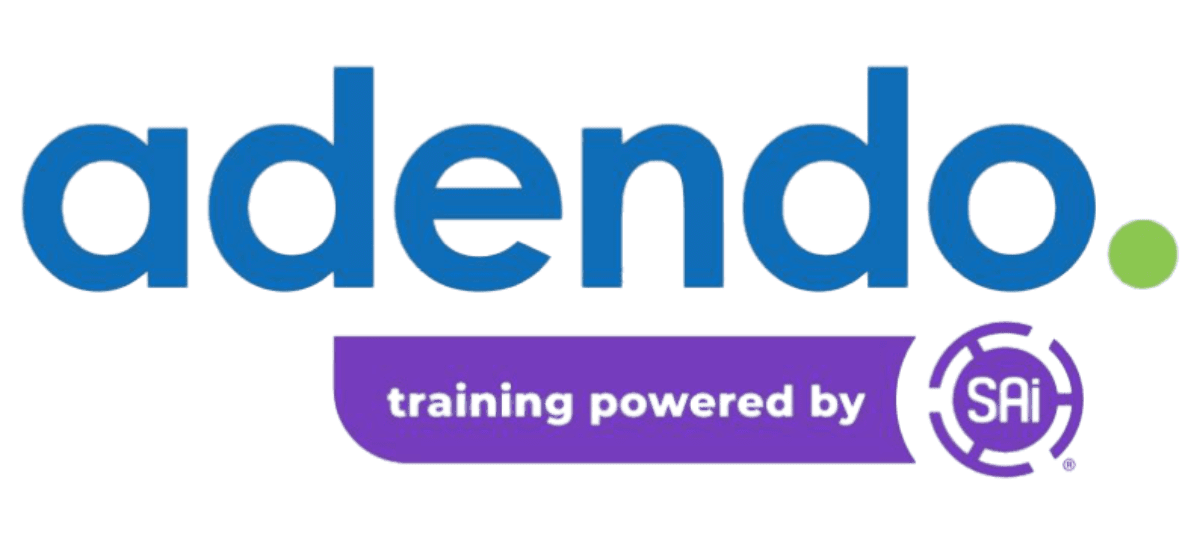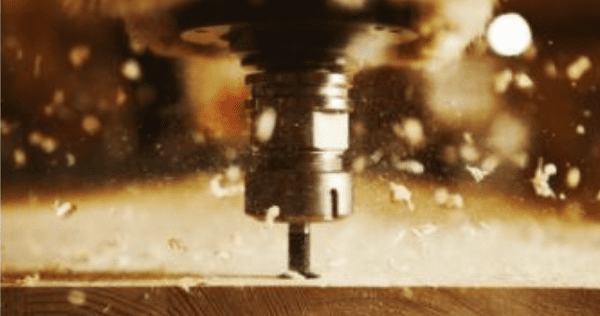Learn more about common CNC machine issues and tips on solving them
CNC Machine Brief
To understand common issues which crop up with CNC machines, it is important to understand what a CNC machine is in the first place. Computer numerical control (CNC) is the automated control of machining tools (which include devices such as drills, lathes, mills, and now 3D printers) by a computer. These machining tools can be used to process a variety of materials – including, but not limited to – metal, plastic, wood, ceramic, or composite. CNC machines follow a coded, programmed instruction, so they don’t need a manual operator to babysit them.
CNC Machine Issues: An Introduction
However, sometimes things can go a bit haywire. While CNC machines have a reputation for legendarily long lives and dependability, CNC machines can still occasionally experience malfunctions. These hiccups can range from speed changes to overheating. When these sorts of issues become significant, they can lead to major production delays. You want to avoid these sorts of complications for your small business, so this is why we here at Adendo thought it would be a good idea to provide you with a few tips for solving them.
Why CNC Machines Fail 101: The Operator
CNC machines can fail for a multitude of reasons, but there are ways a small business can try to mitigate such breakdowns by their milling devices. For example, it is vital you provide your small business’s CNC machine operator with the proper amount of training. Just because a CNC machine seems to be broken doesn’t automatically mean it is. If your operator doesn’t know what they are doing – and isn’t knowledgeable or experienced with the device – they may not be utilizing the appropriate cutting tools, settings, or programming the machine in the correct manner. All of these are learned skills. Additionally, if your small business’s CNC machine operator is not maintaining the machine in the proper manner – this too could cause setbacks for your entire production line! When it comes to operator-derived issues, the last thing to consider is your small business’s CNC machine’s power supply. Is the CNC machine receiving enough power and energy in order to perform the tasks you need it to? Checking the power supply every once in a while and providing your small business’s CNC machine’s operator with the right amount of training and practice can go a long way towards avoiding any potential bottlenecks in your CNC-aided production process.
Automatic Tool Changer Troubleshooting
Once you have established your CNC machine operator is competent in their position and your device is receiving the correct amount of power – and your CNC machine is still experiencing further failures or other problems – other sorts of maintenance may be required. For example, if your CNC machine’s Automatic Tool Changer (ATC) is experiencing problems (which are often associated with a generic tool changer alarm), it is vital you (or your small business’s CNC machine operator) familiarize yourself with the sequence required for an automatic tool change. Now, of course, every CNC machine will operate differently from one another – so each device’s automatic tool change sequence will, also, be different. But once you’ve familiarized yourself (and your staff) with your own CNC machine’s particular sequence – you’ll be more than ready to go!
CNC Machine Chatter, Vibration, and Overheating
Further CNC machine malfunctions can involve your small business’s device chattering, vibrating, or simply overheating. In order to avoid your CNC machine vibrating (which can significantly reduce your device’s life – and the quality of its routing), you need to determine whether the noise you are hearing is either workpiece or tool chatter. Once you have diagnosed the source of the disturbance, you (or your machine’s operator) can then adjust the RPM of your device’s machining process. This step will ensure the frequencies of the machining process won’t resonate with the material frequency. When it comes to your small business’s CNC machine overheating (during times of high volume and long machining durations, for example), your tool may hit temperatures of more than 150 degrees within. Obviously, this is not optimal, as these sorts of high, out of control temperatures could negatively affect the results of your production line. So, to fix this issue, make sure you (or your operator) are regularly clearing all channels and cleaning the machine so it is free of dirt, soil, and any other material residue. Schedule a regular calendar you or your staff can commit to which involves the removal of any and all metal shavings as well as any liquids used in cutting and routing.
Final Tips
When it comes to problems with CNC machines’ chucks and fixtures, it is – as with your device’s ATC – important to familiarize yourself with the proper process involved in operating your machine’s specific hydraulic pump. Again, every machine will be different, so ensure you (or your operator) is familiar with your device’s particular peculiarities. It is also important to maintain your small business’s CNC machine’s DC Motors and the various brushes found therein. The same is true of the CNC relay board, which can have different configurations but all have the same basic function. Lastly, ensure your CNC machine’s safety circuit is not undergoing an alarm prior to machine use.
Conclusion
As you have already probably surmised, CNC machine failure, especially within a small business like yours, can have a significant and long lasting impact on your production line, which can, in turn, negatively impact every other aspect of your small business. Indeed, these sorts of breakdowns can lead to costly repairs, downtime, and higher production costs, more specifically. So we here at Adendo hope our troubleshooting tips for CNC machines will help you avoid such a fate.
Schedule with an Adendo Advisor today!
When it comes to programming software for the devices your small business needs, such as obtaining in depth tutorials and walkthroughs for Flexi Software, let us help you! Just schedule a 1-on-1 conference with an Adendo advisor today – and you’ll receive expert guidance on creating anything within Flexi Software, which will meet – and exceed – your wildest expectations.



